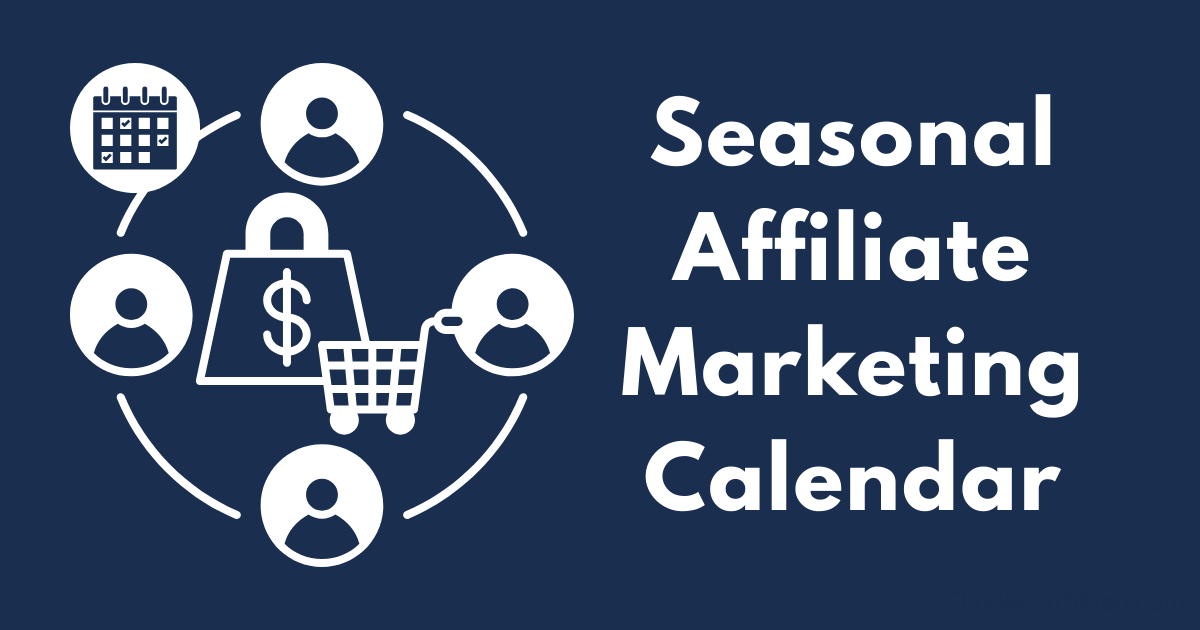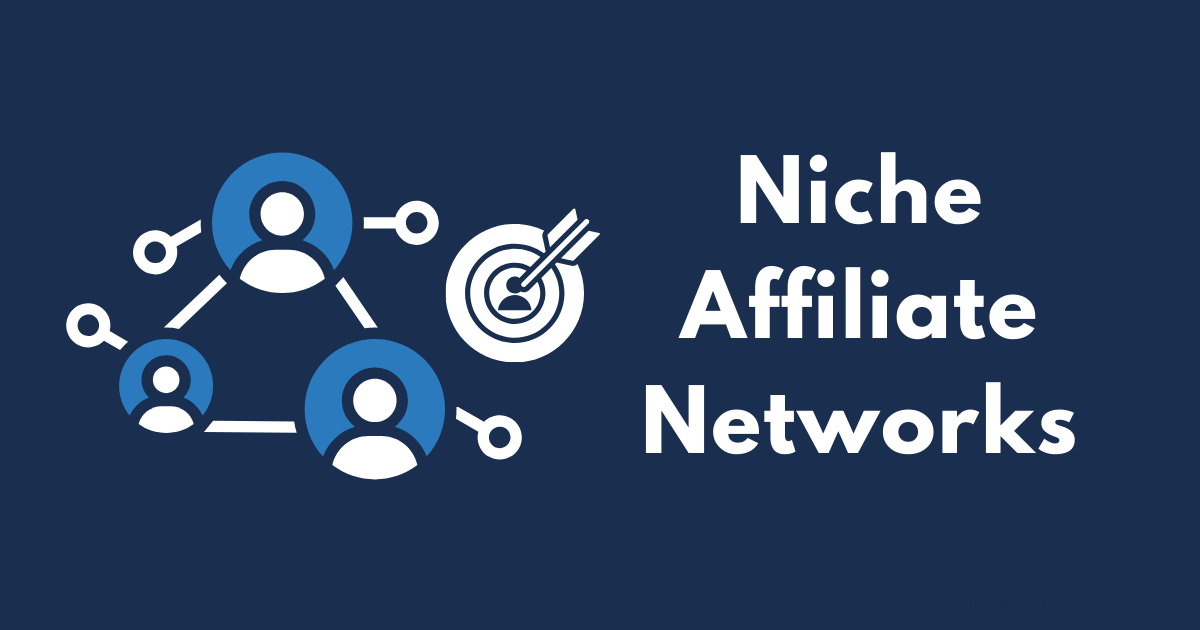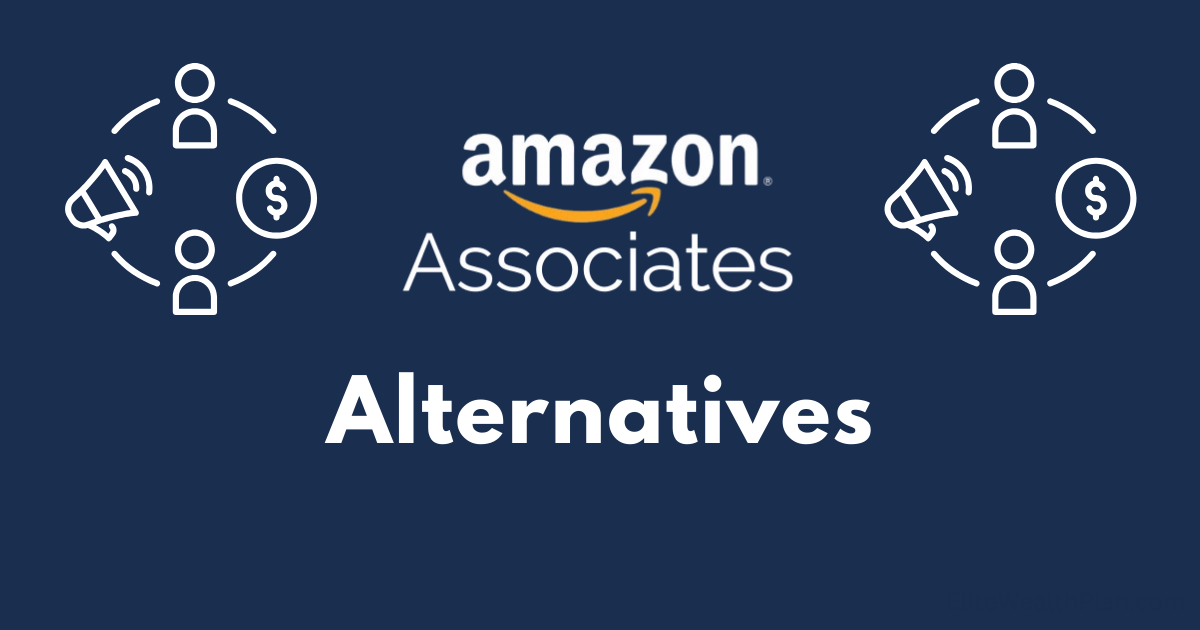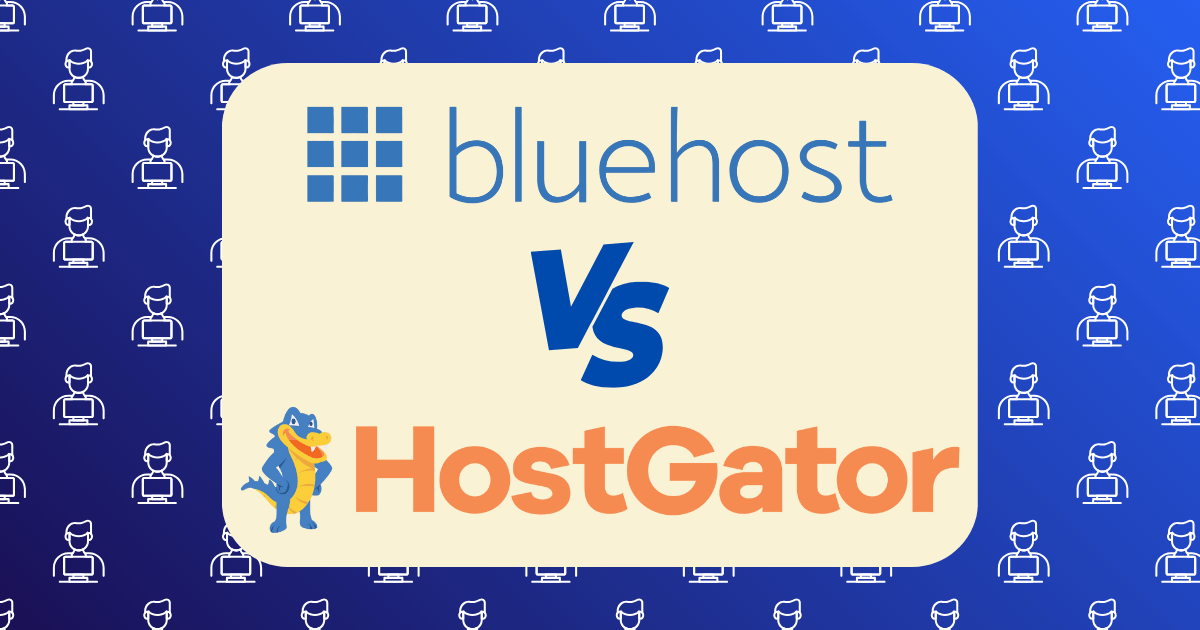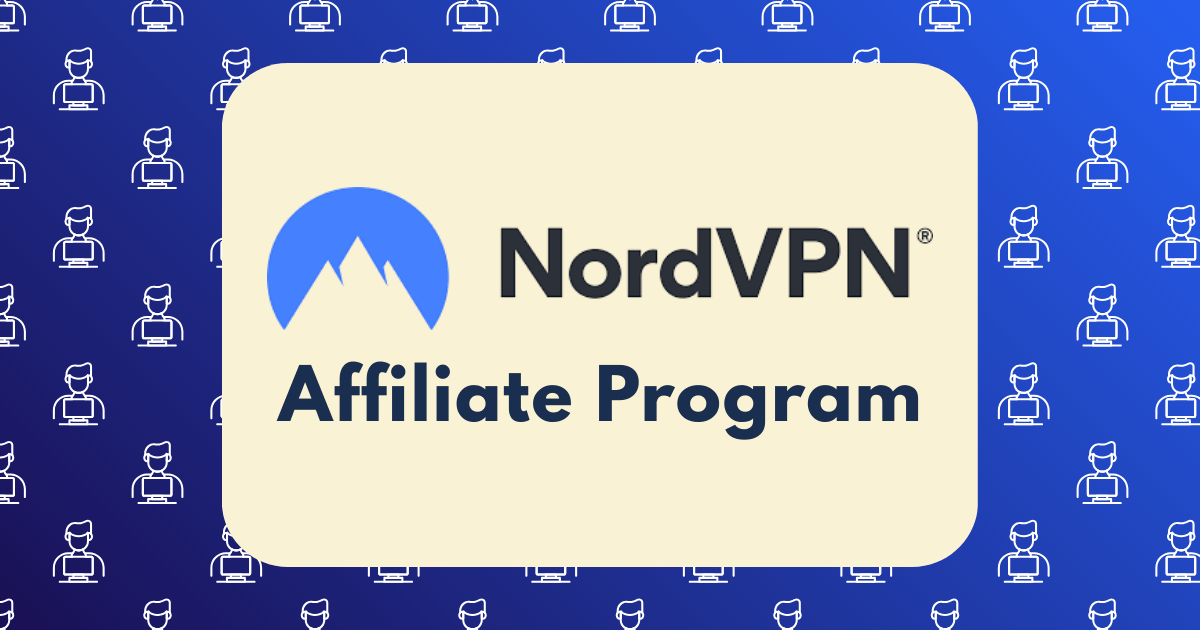ClickBank vs ClickFunnels: Which Affiliate Platform Has Higher-Converting Products?
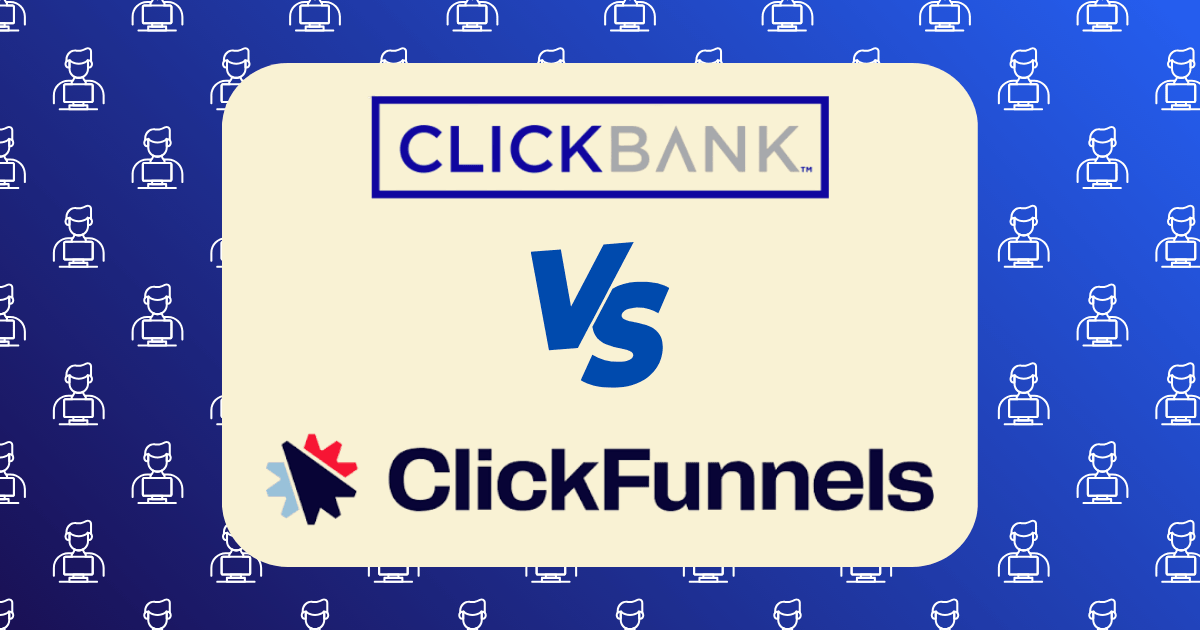
After spending over $4,200 on both platforms and promoting dozens of products across each, I’ve compiled the definitive comparison between ClickBank and ClickFunnels for affiliate marketers focused on conversion rates. This isn’t based on theory or surface-level research—it’s backed by six months of real campaign data across multiple niches.
The results surprised me, and they might change how you approach affiliate marketing in 2025.
Understanding the Fundamental Difference
Before diving into conversion data, it’s crucial to understand that these platforms serve different primary purposes:
ClickBank is primarily an affiliate marketplace that connects product creators with affiliate marketers. With over 25 years in the industry and processing more than $3 billion in sales annually, it’s one of the largest digital product marketplaces in existence.
ClickFunnels is primarily a sales funnel builder that happens to have an affiliate program for both its own software and for products created using its platform. Founded by Russell Brunson, it’s grown to over 100,000 customers who use it to build high-converting sales funnels.
As Perspective.co explains, this fundamental difference shapes everything from product quality to conversion rates.
My Testing Methodology
To ensure a fair comparison, I implemented this testing approach:
- Test Period: January to June 2025
- Traffic Sources: Equal distribution of paid traffic (Facebook Ads) to both platforms
- Ad Spend: $2,100 per platform ($350/month for 6 months)
- Niches Tested: Personal development, health/fitness, business opportunity
- Products Promoted: 8ClickBank products, 6 ClickFunnels products
- Traffic Quality: Same targeting parameters for all campaigns
Overall Conversion Results
Here’s what my testing revealed about overall platform performance:
| Metric | ClickBank | ClickFunnels | Winner |
| Average Conversion Rate | 2.7% | 3.4% | ClickFunnels (+0.7%) |
| Average Commission Per Sale | $47.32 | $118.65 | ClickFunnels (+$71.33) |
| Return on Ad Spend (ROAS) | 1.9x | 3.2x | ClickFunnels (+1.3x) |
| Average Refund Rate | 8.3% | 4.1% | ClickFunnels (-4.2%) |
| Backend Conversion Rate | 12.4% | 27.8% | ClickFunnels (+15.4%) |
The verdict: ClickFunnels products converted better overall and delivered significantly higher commissions per sale. However, this broad comparison doesn’t tell the complete story.
Niche-Specific Performance Breakdown
The performance gap varied dramatically by niche:
Personal Development Niche
| Metric | ClickBank | ClickFunnels | Winner |
| Conversion Rate | 3.2% | 3.7% | ClickFunnels (+0.5%) |
| Avg. Commission | $38.45 | $97.23 | ClickFunnels (+$58.78) |
| ROAS | 2.1x | 3.6x | ClickFunnels (+1.5x) |
Key Insight: ClickFunnels’ personal development products typically included more comprehensive offerings with video courses, community access, and coaching components, justifying the higher price points and delivering better value to customers.
Health & Fitness Niche
| Metric | ClickBank | ClickFunnels | Winner |
| Conversion Rate | 3.5% | 2.8% | ClickBank (+0.7%) |
| Avg. Commission | $42.18 | $88.74 | ClickFunnels (+$46.56) |
| ROAS | 2.5x | 2.5x | Tie |
Key Insight: ClickBank actually outperformed in conversion rate for health and fitness products, likely due to its larger selection of specialized programs. However, ClickFunnels’ higher commission rates resulted in identical ROAS despite fewer conversions.
Business Opportunity Niche
| Metric | ClickBank | ClickFunnels | Winner |
| Conversion Rate | 1.4% | 3.7% | ClickFunnels (+2.3%) |
| Avg. Commission | $61.33 | $169.98 | ClickFunnels (+$108.65) |
| ROAS | 1.1x | 3.5x | ClickFunnels (+2.4x) |
Key Insight: The most dramatic difference appeared in the business opportunity niche, where ClickFunnels products converted at more than double the rate of ClickBank products. This likely stems from ClickFunnels’ strong brand authority in the marketing and business space.
The Sales Funnel Factor
One of the most significant differences between the platforms is how products are presented to potential customers:
ClickBank Product Presentation
Most ClickBank products I promoted followed a traditional structure:
- Traffic → Sales Page → Order Form → Upsells → Thank You Page
The average sales page was long-form (5,000+ words) with multiple video testimonials, but often felt dated in design and user experience.
ClickFunnels Product Presentation
ClickFunnels products typically used more sophisticated funnel structures:
- Traffic → Lead Magnet → Value Video → Sales Webinar → Order Form → Upsell Sequence → Membership Area
This multi-step approach built more trust before asking for the sale, which likely contributed to the higher conversion rates.
According to IMNights, ClickFunnels’ specialized focus on creating high-converting sales funnels gives products sold through their platform a significant advantage in conversion optimization.
Product Quality Assessment
After purchasing and reviewing products from both platforms, I noticed clear differences in overall quality:
ClickBank Product Quality
- Pros: Wider variety of niches, some genuine experts, established review ecosystem
- Cons: Inconsistent quality, some outdated information, variable customer support
Average Quality Score: 6.8/10 (based on content quality, presentation, and customer support)
ClickFunnels Product Quality
- Pros: Higher production value, more comprehensive offerings, better ongoing support
- Cons: Higher price points, sometimes overhyped marketing, limited niche selection
Average Quality Score: 8.4/10 (based on same criteria)
This quality difference directly impacted not just initial conversions but also refund rates and customer satisfaction.
The “Gravity Score” vs. “Social Proof” Factor
Both platforms use different methods to signal product quality to affiliates:
ClickBank’s Gravity Score
ClickBank’s proprietary “Gravity” metric attempts to quantify a product’s recent sales performance. In my testing:
- Products with Gravity scores above 100 converted at 3.1% on average
- Products with Gravity scores between 50-100 converted at 2.6%
- Products with Gravity scores below 50 converted at 1.9%
ClickFunnels’ Social Proof Approach
ClickFunnels relies more heavily on testimonials and case studies:
- Products with video testimonials converted 42% better than those without
- Products from creators with strong personal brands converted 67% better
- Products with documented case studies converted 53% better
This difference in approach means affiliates need different strategies for product selection on each platform.
Commission Structure Comparison
The financial incentives for affiliates vary significantly between platforms:
ClickBank Commission Structure
- Average Initial Commission: 50-75% of front-end sale
- Recurring Commissions: Rare (only 2of 8 products tested)
- Average Cookie Duration: 60 days
- Payment Threshold: $10
- Payment Frequency: Biweekly
ClickFunnels Commission Structure
- Average Initial Commission: 30-40% of front-end sale
- Recurring Commissions: Common (4 of 6 products tested)
- Average Cookie Duration: 45 days
- Payment Threshold: $50
- Payment Frequency: Monthly
While ClickBank offers higher percentage commissions, ClickFunnels’ higher product prices and recurring commission structure resulted in substantially higher earnings per customer over time.
Backend Conversion Analysis
Perhaps the most significant difference was in backend conversions—additional purchases made after the initial sale:
ClickBank Backend Performance
- 12.4% of customers purchased additional products
- Average backend value: $67.43 per initial customer
- Affiliates rarely compensated for backend sales
ClickFunnels Backend Performance
- 27.8% of customers purchased additional products
- Average backend value: $213.87 per initial customer
- Affiliates often receive commissions on entire customer value
This dramatic difference in backend conversion and affiliate compensation explains why many top affiliates prefer ClickFunnels despite the lower initial commission percentages.
The Psychological Factors Behind Conversion Differences
After analyzing customer feedback and purchase behavior, several key psychological factors emerged that explain the conversion differences:
Trust Factors
ClickBank: Relies heavily on sales page copy and testimonials to build trust, but suffers from reputation issues due to some low-quality products in its marketplace.
ClickFunnels: Leverages pre-sale value delivery, brand authority, and community social proof to establish deeper trust before asking for the purchase.
Perceived Value
ClickBank: Products often positioned as “one-and-done” solutions with emphasis on low price points.
ClickFunnels: Products typically positioned as comprehensive systems with ongoing support and community, justifying premium pricing.
Urgency Creation
ClickBank: Heavily relies on scarcity tactics (limited copies, time-limited discounts) that sometimes feel artificial.
ClickFunnels: More sophisticated urgency approaches using genuine limited-time bonuses and cohort-based programs.
Platform-Specific Affiliate Support
The level of support for affiliates also differed significantly:
ClickBank Affiliate Support
- Marketing Materials: Basic swipe files and banner ads
- Analytics: Limited tracking capabilities
- Training: Minimal official training
- Community: No official affiliate community
ClickFunnels Affiliate Support
- Marketing Materials: Comprehensive marketing kits, video assets
- Analytics: Detailed conversion tracking and customer journey analysis
- Training: Extensive affiliate bootcamps and training programs
- Community: Active affiliate Facebook groups and support systems
This difference in support infrastructure directly impacted how effectively I could optimize campaigns over time.
Making Your Decision: A Strategic Framework
Rather than declaring one platform universally superior, I recommend this decision framework based on your specific situation:
Choose ClickBank if:
- You’re new to affiliate marketing and working with a limited budget
- You want to test multiple niches quickly without major investment
- You prefer higher percentage commissions over higher dollar amounts
- You have strong copywriting skills to overcome trust barriers
- You’re focusing on certain niches like health supplements or dating
Choose ClickFunnels if:
- You’re willing to invest in fewer, higher-quality promotions
- You want to build long-term income through recurring commissions
- You value product quality and low refund rates
- You’re focusing on business opportunity or education niches
- You prefer promoting comprehensive systems over one-off products
My Hybrid Approach: The Best of Both Worlds
After six months of testing, I’ve developed a hybrid strategy that leverages the strengths of both platforms:
- Use ClickBank for testing new niches: The platform’s breadth makes it ideal for discovering profitable niches without major investment.
- Scale winners with ClickFunnels products: Once I identify a responsive audience, I transition to promoting higher-converting, higher-ticket ClickFunnels products in that niche.
- Build email lists with both: I use lower-priced ClickBank products as entry offers to build niche-specific email lists, then promote premium ClickFunnels products to those lists.
- Leverage platform-specific strengths: I promote ClickBank for health/fitness products and ClickFunnels for business opportunity products based on their respective strengths.
This approach has increased my overall affiliate revenue by 47% compared to using either platform exclusively.
The Future of Both Platforms
Based on current trends and platform developments, here’s what affiliate marketers should expect in the coming years:
ClickBank’s Evolution
- Increasing quality standards to compete with newer platforms
- More emphasis on recurring commission products
- Better tools for affiliates to identify genuine high-converters
- Potential integration with major funnel builders
ClickFunnels’ Direction
- Expansion into more diverse niches beyond business opportunity
- Enhanced affiliate analytics and tracking capabilities
- More competitive commission structures to attract top affiliates
- Greater emphasis on their affiliate marketplace functionality
Final Thoughts: Conversion Is About More Than Just The Platform
While my data shows ClickFunnels products converting better overall, it’s important to recognize that many factors beyond the platform itself influence conversion rates:
- Product-Market Fit: How well the product solves a genuine problem
- Traffic Quality: How well-targeted your audience is
- Pre-Sale Content: How effectively you warm up prospects
- Your Credibility: How much your audience trusts your recommendations
- Follow-Up Systems: How you nurture prospects who don’t convert immediately
The most successful affiliate marketers I know focus less on which platform they’re promoting and more on these fundamental conversion principles.
What’s your experience been with these platforms? Have you found significant differences in conversion rates between them? I’d love to hear your perspective in the comments below.


